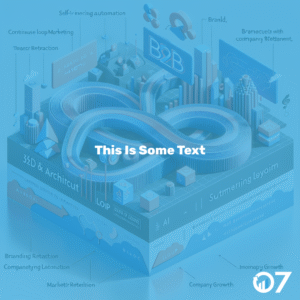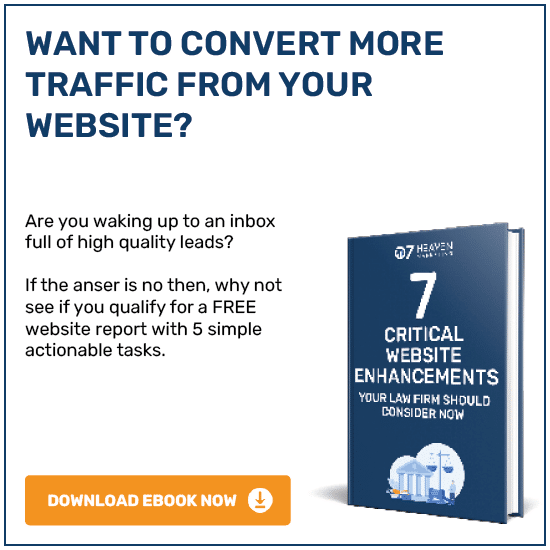Introduction to building relationships backward
Building relationships backward is a fresh approach that starts with the end goals in mind. This method helps marketers improve collaboration and increase brand awareness more effectively.
Unlike traditional networking approaches, this strategy reverses the usual process. It focuses on what you want to achieve first, then works back to create the right connections and partnerships.
Understanding the concept of building relationships backward
Building relationships backward means beginning with the desired outcomes, such as better collaboration or stronger brand recognition. Instead of meeting people randomly, you identify who can help you reach your goals.
This reverse engineering of relationships allows for a more deliberate and thoughtful process. It involves mapping out the ideal partnerships and content collaborations that will benefit your brand.
By focusing on the end result, marketers can avoid wasting time on less relevant contacts. This strategy supports strategic partnership development and improves marketing communication.
How reverse relationship building improves collaboration
Starting with clear goals helps teams create collaborative content marketing that truly resonates. When you know what you want to achieve, it is easier to find partners who share similar objectives.
This approach enhances collaboration by aligning everyone’s efforts towards common goals. It also encourages open communication and trust, which are essential for successful teamwork.
Relationship building strategies that use this backward method lead to stronger connections. These connections often result in better customer engagement and more impactful campaigns.
Benefits of backward relationship strategies
There are several benefits to building relationships backward. First, it saves time by focusing on the most valuable contacts and partnerships.
Second, it increases brand awareness techniques by creating meaningful collaborations that highlight your brand’s strengths. Third, this method improves relationship management by encouraging clear and purposeful communication.
Finally, it supports long-term growth by developing partnerships that are strategic and mutually beneficial. This thoughtful process often leads to improved brand recognition and customer loyalty.
Real-world examples
- A UK-based marketing agency identified their goal to boost brand recognition and then sought out influencers aligned with their values. This led to successful collaborative campaigns that increased their audience reach.
- A small business used backward relationship building to partner with complementary brands. Together, they created joint content that attracted new customers and improved engagement.
- A content creator focused on their end goal of increasing customer engagement and worked backward to build relationships with key industry experts. This strategy enhanced their credibility and expanded their network.
What to do next
To apply building relationships backward, start by defining your collaboration and brand awareness goals. Then, identify the right partners and plan your content marketing strategy accordingly.
Be deliberate and thoughtful in your relationship management. This approach will help you create stronger connections and more effective marketing communication.
Explore our branding services to learn how we can support your strategic partnership development and boost your brand’s presence.
Frequently asked questions
What is building relationships backward?
It is a strategy where you start with your end goals and work backward to form the right partnerships. This method focuses on deliberate and goal-oriented relationship building.
How can reverse relationship building improve collaboration?
By focusing on shared goals first, it aligns partners and teams. This leads to better communication, trust, and more effective collaborative content marketing.
What are the benefits of backward relationship strategies?
Benefits include saving time, increasing brand awareness, improving relationship management, and developing strategic partnerships that support long-term growth.
Encourage further engagement via our blog or contact us via email or telephone 01702 410663





